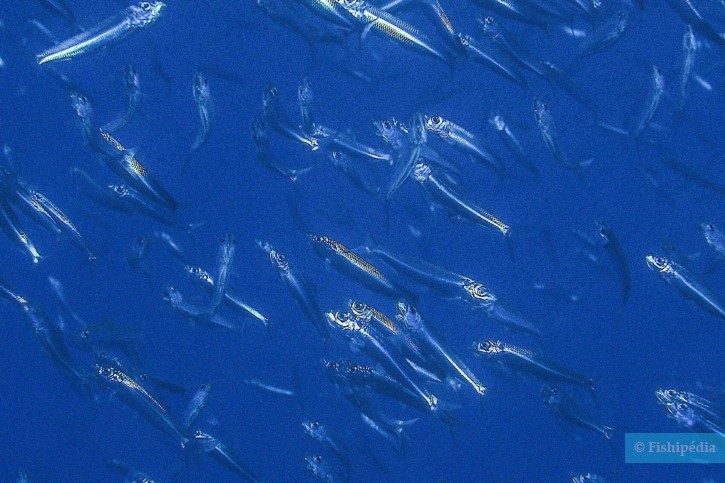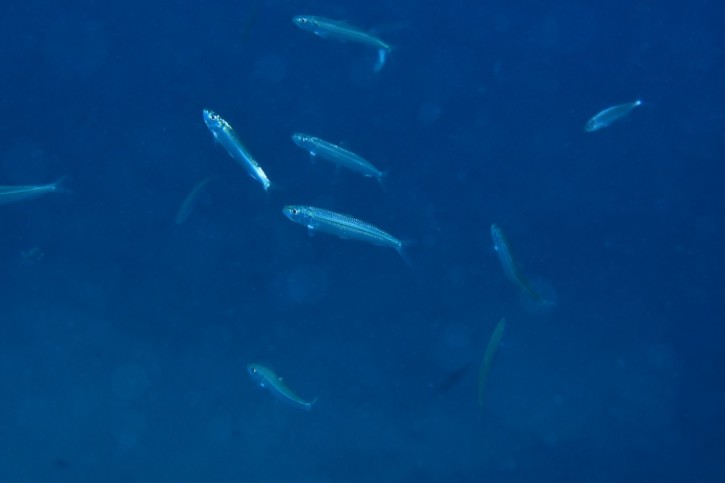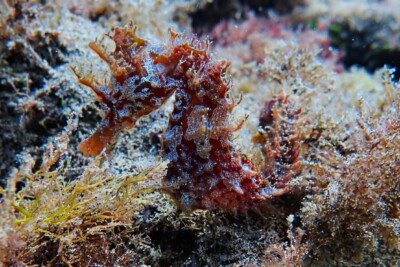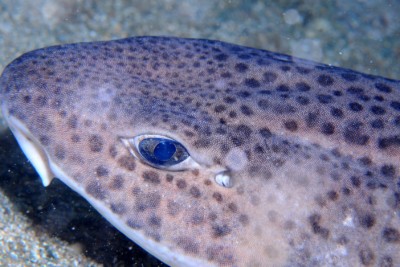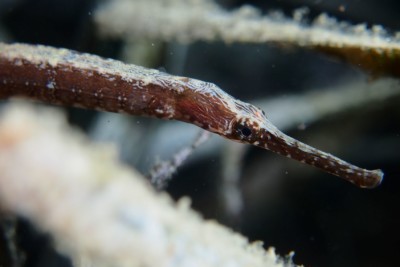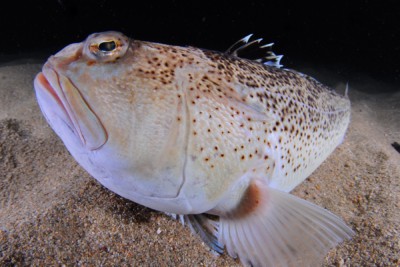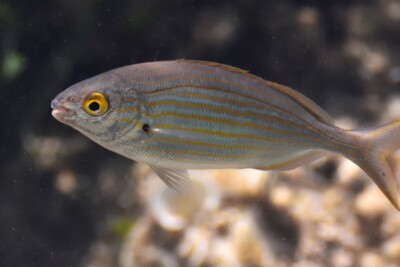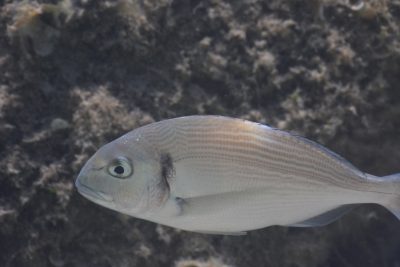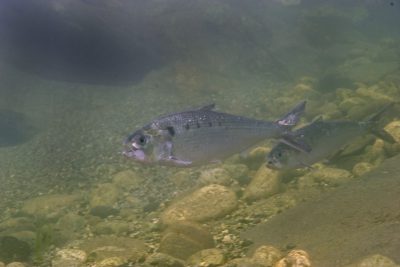european pilchard
| Scientific name | Sardina pilchardus |
|---|---|
| Descriptor | Walbaum |
| Year of description | 1792 |
| IUCN category (World) | LC |
| Family | Clupeidae |
| Genus | Sardina |
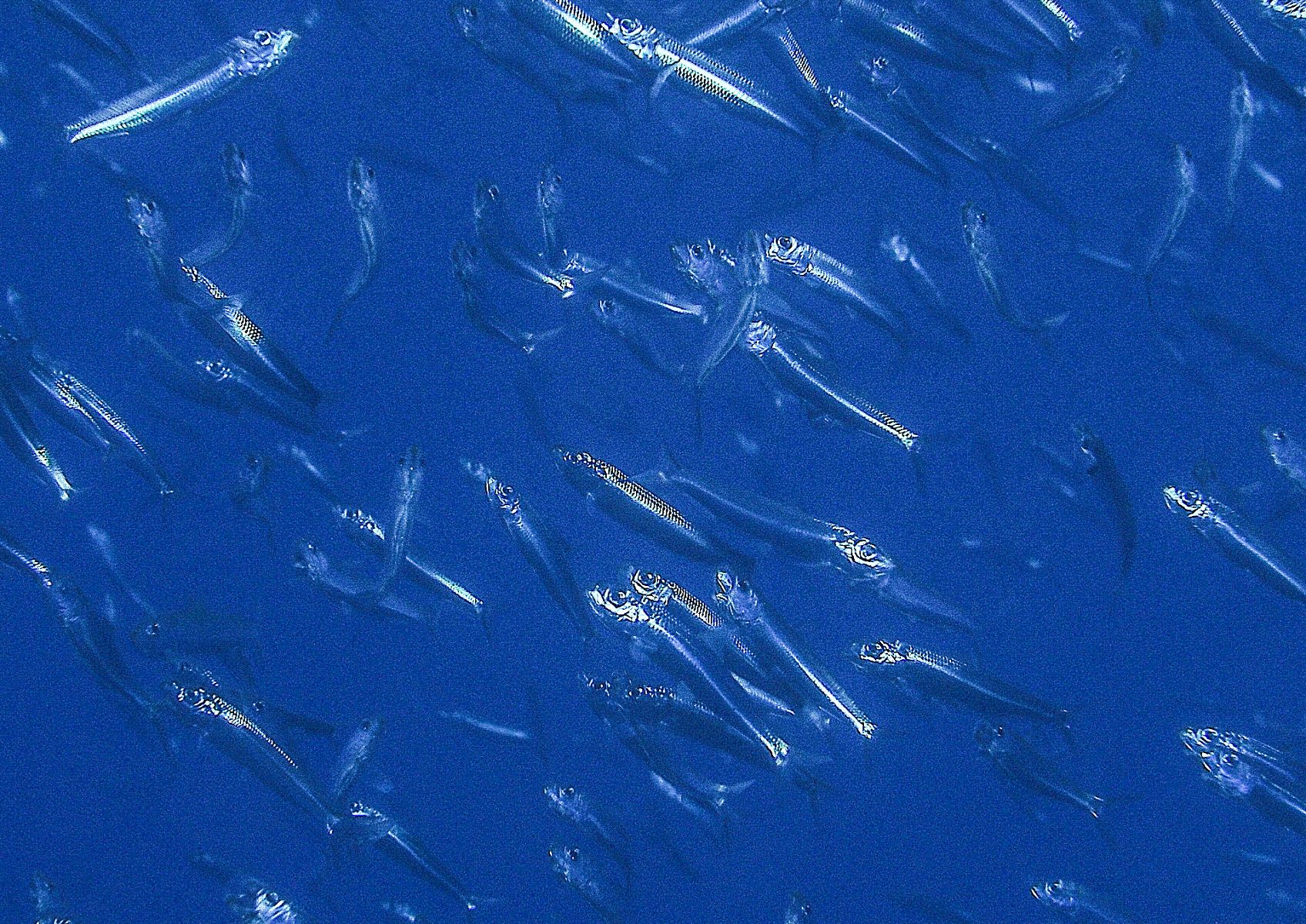

Introduction
European pilchard, commonly known as European sardine, is a species of the Clupeidae family, one of the most abundant groups of pelagic fish in the world. Their fishing is very important from an economic and nutritional point of view.
Its name comes from the coasts of Sardinia, where it was very abundant. The European pilchard is an emblematic fish of the Mediterranean Sea, although it is also found in the Black Sea and in the Northeast Atlantic, from Iceland to Senegal.
Like other small fish, they form large schools that move in unison. This is a defense mechanism against large predators: when they see the formation, they hesitate to attack.
Currently, the ICES (International Council for the Exploration of the Sea) has raised concerns about overfishing of this species, which places it at risk of extinction in Spain and Portugal.
The minimum size for capture is set at 11 centimeters.
Who is it?
Morphology
-
Average size20 cm
-
Maximum size28 cm
-
Average size20 cm
-
Maximum size28 cm
How to recognize This fish ?
The European pilchard has an elongated, oval, and compressed body. It has a single dorsal fin located slightly forward of the middle of the body. Below the base of this fin are attached the pelvic fins.
The body is covered with large scales that come off easily, and a very characteristic striped operculum. The back is emerald green or turquoise blue, the flanks are silver, and the belly is relatively light and shiny. Dark spots on the upper flanks can be observed.
The European pilchard generally measures 20 centimeters. Some individuals of 30 centimeters have been observed.
It has a pointed snout and a terminal mouth.
There are two subspecies: S.p.pilchardus (Atlantic, from Gibraltar to Bergen) and S.p.sardina (Mediterranean and Black Sea, Atlantic from Gibraltar to Mauritania).
During diving, they can be confused with other Clupeids like sprats. Sprats have pelvic fins more forward or in line with the dorsal fin, whereas in European pilchards they are set back.
Sexual dimorphism
No observed dimorphism.
Behaviour & Life cycle
-
dietplanctophage
-
Sociabilityliving in shoals
-
territorialNo
-
Way of livingdiurnal
The European pilchard is a coastal pelagic species. It lives in open water in the seas and the Atlantic Ocean, up to 100 meters deep.
It is planktivorous, feeding mainly on zooplankton and small planktonic crustaceans. This species feeds mostly at night, moving towards the surface. The European pilchard swims with its mouth open, trapping prey with its gills as water exits.
It is a migratory fish that forms large schools of individuals of the same size in spring.
Reproduction
-
Reproductionovovivipare
-
Migratory speciesYes
The European pilchard is ovoviviparous and spawns in warmer waters near the coasts. Spawning mainly occurs between October and June. For individuals living in the south, this period may start earlier and last longer.
A single female can lay up to 60,000 eggs. Fertilization is external, and the eggs are pelagic. The hatching time varies between 2 and 4 days, depending on the water temperature. Once the eggs hatch, the larvae are carried by the currents.
The European pilchard reaches sexual maturity at a size ranging from 10 to 20 centimeters, depending on the populations.
Harmless species
This species does not pose a particular danger to humans when encountered in its natural habitat.
Origin and distribution
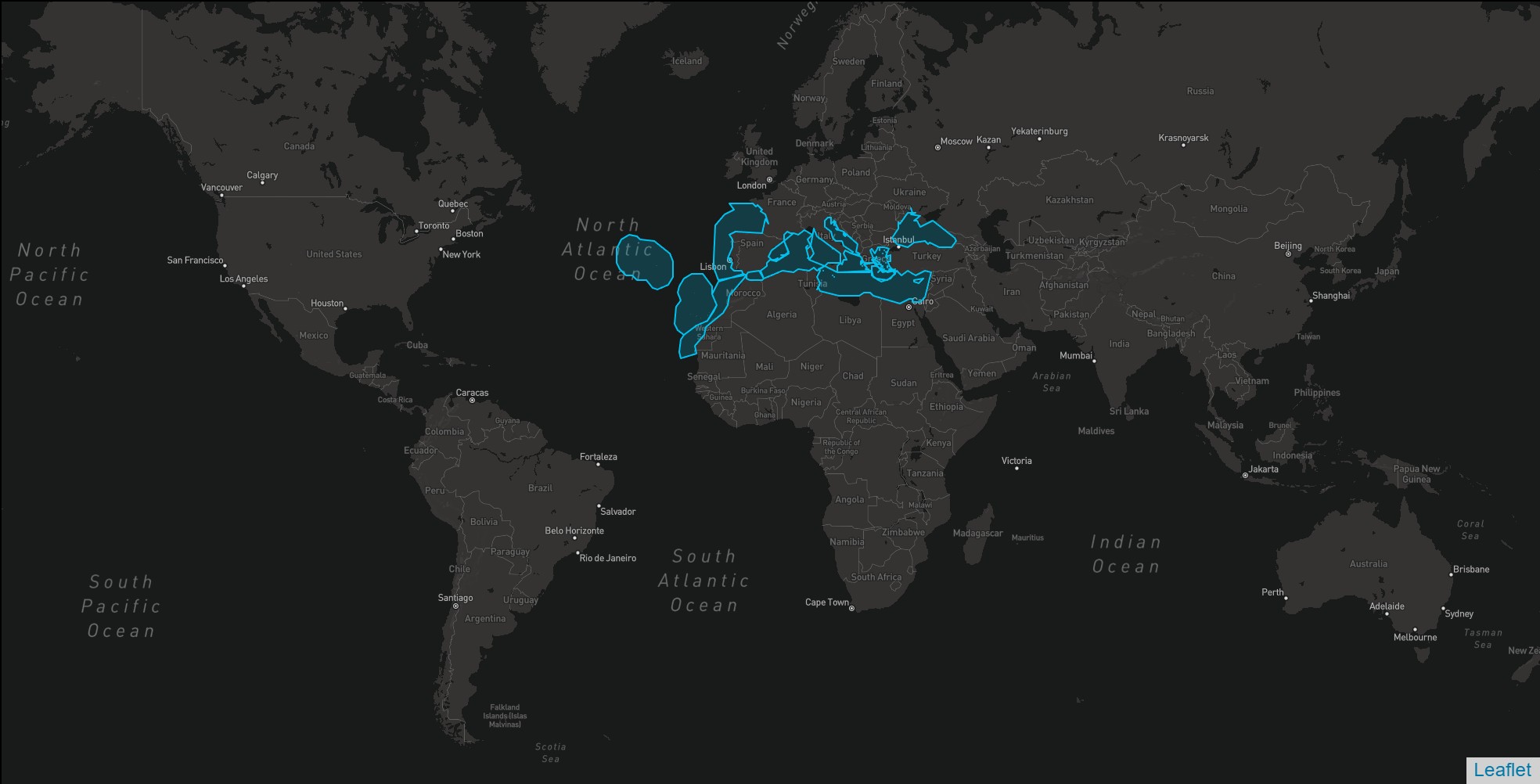
Geographic distribution & Conservation
The European pilchard is abundant in the Mediterranean Sea and in the Northeast Atlantic Ocean, from Iceland to Senegal.
It is also found in the Black Sea.
Stock status and sustainable fishing with Ethic Ocean
The European pilchard is one of the least expensive fish. In the fresh market, the availability of fillets has revived the demand for this product, sometimes rejected by consumers due to its strong taste and odor. The status of the stocks varies depending on its origin.... Learn more
Conservation status of populations (IUCN)
What is its habitat?
Natural environment characteristics
-
Depth10 - 100 m
-
EnvironmentActive pelagic
Biotope presentation
This species normally lives from 10 to 100 meters deep. European pilchards spend the day deeper (between 25 and 55 m) than at night when they come up to feed (between 10 and 35 m).
They frequent open water areas and are not restricted to a specific biotope. They are abundant in coastal areas.
Species of the same biotope
To go further
Sources & Contributions
Participation & Validation
The Fishipedia team and specialist contributors are committed to providing high-quality content. However, although the information comes from scientific sources or testimonials from specialists, the cards may contain inaccuracies.

Silvia Gomez

Julie Magnus
Translation
Translation done with the valuable contribution of our translators, who make this information available to a wider audience. We sincerely thank them for their commitment.
Scientific partners
Tags
Species of the same family
Species of the same biotope
